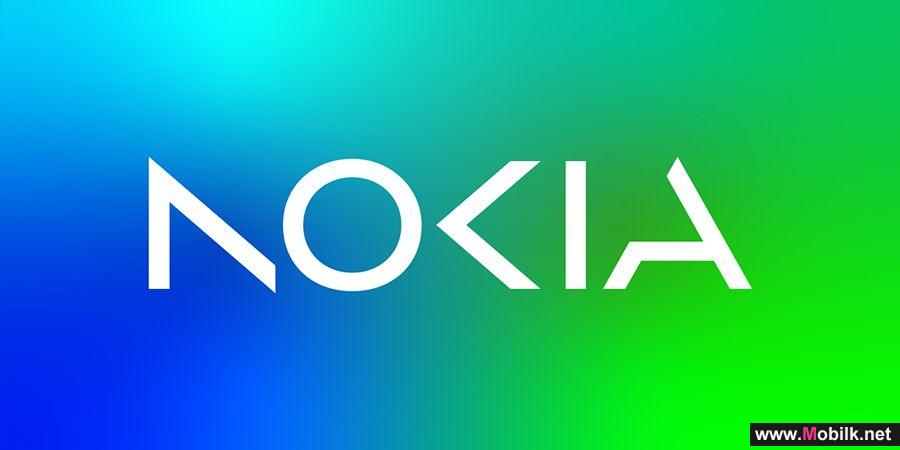UAE Organizations Face New IT Security Challenges: IPv6-Based DDoS Attacks, says Expert from A10 Networks
Mobilk - IPv6. We’ve heard it’s been coming for years but no, it’s not here yet. However it’s “here” enough to be a security threat to every organization in the UAE that has started their migration to IPv6. With IPv6 adoption comes new security challenges. Although only 25% of websites completely support IPv6 today, many more are supporting v6 in parts of their network, whether their operators know it or not.
Glen Ogden, Regional Sales Director, Middle East at A10 Networks says that IPv6 introduces not just another attack vector but an attack volume – one that encompasses a parallel universe of all DDoS attacks known today. All attack vectors that originate in IPv4, be they volumetric or application attacks, can also occur in IPv6.
For the most part an IPv6 network is no more or less vulnerable to DDoS attacks than its IPv4 counterpart but the fact that any vulnerability in v4 can be exploited in v6 is frightening because of the sheer number of vectors and the fact that most security professionals don’t know everything running IPv6 in their network today.
IPv6-based DDoS attacks today are neither as prevalent nor as big as those happening over IPv4 but they are occurring with increasing frequency and sophistication. As IPv6 comes to represent an increasingly bigger part of the network each year, so too will exposure to IPv6-based attacks.
Volumetric
Volumetric attacks are perpetrated by leagues of zombie computing devices collectively known as a botnet. The power of DDoS volumetric attacks is proportional to the number of connected devices in the botnet. More zombies equal more fire power to send out mal-intended DNS, NPT and CHARGEN messages.
Although only 6% of an organization’s website visitors use IPv6 today, it doesn’t mean only that percent will be affected. Since it’s best practice for both protocols to share the same interface, i.e. are dual-stacked, flooding the IPv6 interface indiscriminately takes down all users, independent of the Internet Protocol they’re on.
As the number of connected devices grows, so too will IPv6. By 2020 it is estimated that there will be 34 billion connected devices on the Internet. Are networks ready for botnets version six?
To mitigate the v6 DDoS parallel attack, organizations should ensure that their DDoS mitigation solution has the same functionality in IPv6 and uses the same hardware for acceleration.
Application Layer
Attack vectors at layer 7 use specialized traffic designed to consume enough computational resources to overwhelm a system. Far fewer attacks but more deadly. As in the lower layers all vulnerabilities at the application layer over v4 are also vulnerable over v6. Different protocol, same result.
Keeping Up
Most IPv6 attacks go unnoticed by the untrained eye. Mitigation of DDoS attacks over the next generation protocol starts with training. Security specialists need to know IPv6 well enough to recognize attacks and then mitigate them with the tools at hand. And these tools must have feature and hardware parity in IPv4 and IPv6. To mitigate the parallel volume of v6 DDoS attacks, it is imperative to go through the organization’s DDoS solution, line by line, feature by feature, to make sure it protects the network as well over IPv6.
“Whack a mole” is a never ending game in network security but in the case of next generation DDoS mitigation, being properly trained and ensuring that the organization has a fully IPv6-capable solution are the prerequisites to play.
Reports and Studies
China Telecom Global Limited (CTG), the world-leading provider of integrated telecommunication services, has signed a strategic subsea capacity and..
Reports and Studies
Espoo, Finland – Nokia, Qualcomm Technologies, Inc., and T-Mobile today announced that they have achieved a worlds first showcase of successfully..
Reports and Studies
Steven Yi, President of Huawei Middle East and Central Asia, gave a keynote on the second day of LEAP, Saudi Arabias largest and most comprehensive..

 Vodafone Oman
Vodafone Oman Emirates Telecom
Emirates Telecom  Ooredoo Om
Ooredoo Om Ooredoo Qa
Ooredoo Qa stc Bahrain
stc Bahrain Orange Egypt
Orange Egypt Mobily
Mobily Zain Jo
Zain Jo omantel
omantel STC
STC Emirates Du
Emirates Du Asiacell
Asiacell Etisalat Egypt
Etisalat Egypt  Telecom Egypt
Telecom Egypt jawwal
jawwal Orange Jo
Orange Jo Umniah
Umniah Zain Sa
Zain Sa Bahrain Batelco
Bahrain Batelco Zain Bh
Zain Bh Wataniya palestine
Wataniya palestine Kuwait Viva
Kuwait Viva  Zain Kw
Zain Kw Vodafone Qa
Vodafone Qa MTN Syria
MTN Syria Syriatel
Syriatel Sabafon
Sabafon Zain Iq
Zain Iq MTN Yemen
MTN Yemen Ooredoo Kw
Ooredoo Kw Vodafone Egypt
Vodafone Egypt  Samatel
Samatel Huawei
Huawei Samsung
Samsung MOTOROLA
MOTOROLA Lenovo
Lenovo Alcatel
Alcatel LG
LG Nokia
Nokia Sony Ericsson
Sony Ericsson HTC
HTC BlackBerry
BlackBerry Siemens
Siemens Acer
Acer Sony
Sony Asus
Asus VK
VK APPLE
APPLE BenQ-Siemens
BenQ-Siemens Sagem
Sagem Eten
Eten HP
HP Panasonic
Panasonic Amoi
Amoi Toshiba
Toshiba Sharp
Sharp Sonim
Sonim Bird
Bird Mitac
Mitac Philips
Philips Vertu
Vertu Pantech
Pantech Micromax
Micromax Maxon
Maxon Haier
Haier I-mate
I-mate Gigabyte
Gigabyte I-mobile
I-mobile Kyocera
Kyocera BenQ
BenQ Microsoft
Microsoft Telit
Telit Connect
Connect Sendo
Sendo Mitsubishi
Mitsubishi SEWON
SEWON NEC
NEC DELL
DELL Thuraya
Thuraya Neonode
Neonode Be
Be Qtek
Qtek Bosch
Bosch Palm
Palm MWG
MWG Fujitsu Siemens
Fujitsu Siemens XCute
XCute WND
WND INQ
INQ O2
O2 Innostream
Innostream Benefon
Benefon Google
Google


















